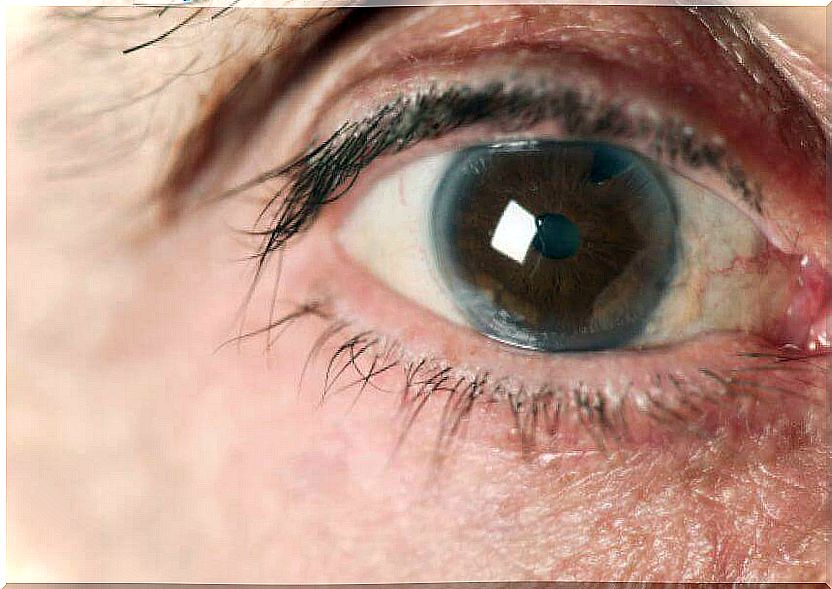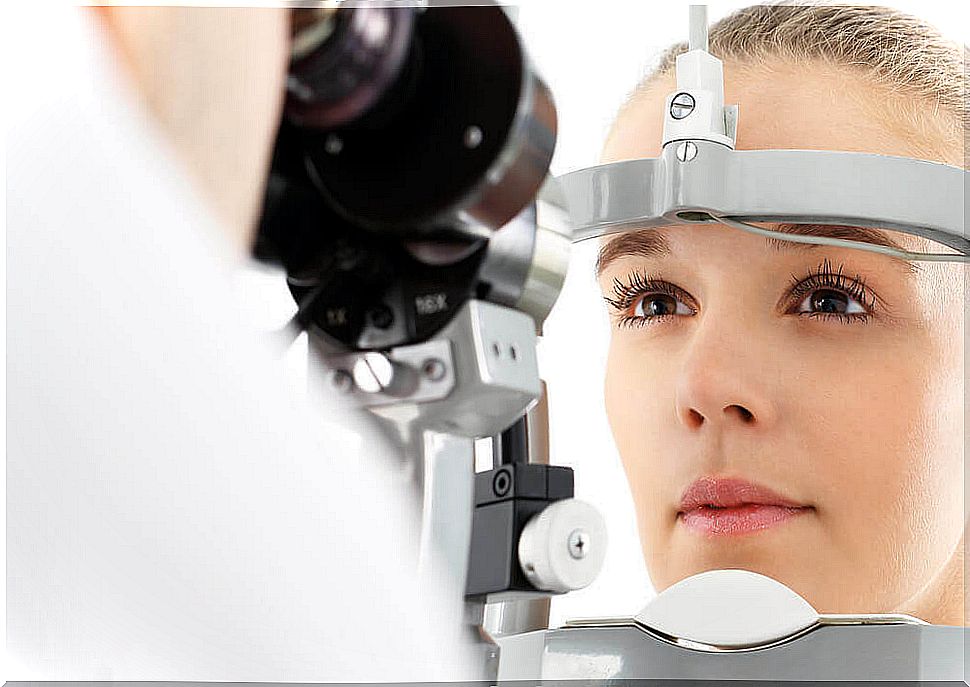Types Of Glaucoma
Glaucoma is an eye disease that has different types of presentation. Although it is colloquially associated with hypertension of the eye, the truth is that there are ways in which the pressure of the eye is at normal values.
In itself, all types of glaucoma are chronic and degenerative. This means that they will evolve if it is not intervened, and will culminate in optic nerve damage. The worst result of the process is blindness due to destruction of the system that captures the images and sends the information to the brain.
Glaucoma Diagnosis
One of the problems with diagnosing glaucoma early is that it has no obvious signs early on. The person can spend years developing ocular hypertension without knowing it at all.
To confirm this condition, intraocular pressure needs to be measured. This is a procedure that the ophthalmologist performs with the appropriate equipment. Although measurement is indicated when there are symptoms, it can also be done routinely in certain at-risk patients who do not yet have the disease.
Risk factors for all types of glaucoma
There are people who are more at risk of developing any type of glaucoma. In these patients, it is necessary to be attentive to the initial signs, as well as to carry out some measurement of intraocular pressure during their adulthood.
A fundamental issue is that risk increases with age. Adults over 40 years of age gradually increase the chance of developing the disease as they age.
Also, family history is an indication. If a parent has had glaucoma of any kind, it is likely that one of their children will also have it. Not in childhood, but when he grows up and becomes an adult.
The association with other eye diseases is not minor. Being nearsighted is a risk factor for glaucoma. It is estimated that myopia patients have twice the risk of increasing their intraocular pressure than the rest of the population.

Most common types of glaucoma
As reported by the National Eye Institute , there are 4 common types of glaucoma. They are classified by the way in which the drainage of fluid from the eyeball is obstructed and by the time of presentation.
Open angle glaucoma
This is the most prevalent type of glaucoma in the world. What happens is that the small drains that the eye has to evacuate the internal fluid are obstructed. Then, before the accumulation that cannot come out, the intraocular pressure increases.
Its progression is very slow, chronic and degenerative. Patients tend to discover it late, when some of the damage has already taken place. Because of this, it is often called silent blindness.
Treatment ranges from medication to surgery. Also within the surgical plane there are various approach modalities, which will be defined by the treating ophthalmologist.
Angle closure glaucoma
The closed-angle type of glaucoma is much less common than the open-angle type. In addition, it tends to develop symptoms more acutely and more noticeably than the other.
The denomination of closed angle responds to the measurement that is made of the angle formed by the iris and the cornea. In this case, this value is lower than what is considered normal and it is precisely the altered anatomy that blocks the natural drainage of fluid from the eye.
Medical care for this disorder must be prompt. It gives less time to act than open-angle glaucoma and the consequences can be more serious if it is not acted on quickly.
Normal tension glaucoma
This type of glaucoma is the rarest. When the ophthalmologist measures the patient’s intraocular pressure, it is at normal or even low values.
But the optic nerve damage and degeneration are there, just like the rest of the varieties. The cause of this type of glaucoma is not known for sure, and treatment is difficult.

Congenital glaucoma
The congenital variety of the disease appears because the baby is born with an anomaly in the angle of the iris and the cornea, which prevents the normal development of the drainage channels of the intraocular fluid. So, from the beginning of life, the eye increases internal pressure.
The solution that is applied today is an early surgery, with the young child. In this way, future complications that can be serious are avoided.
All types of glaucoma are of care
Although diverse, each type of glaucoma is serious. If we have symptoms of vision loss, we should not delay seeing an ophthalmologist.
The professional will measure the intraocular pressure and perform some more procedures to evaluate the vitality of the retina and the optic nerve. If he detects an alteration, he will suggest the use of medications and, if necessary, corrective surgery.








